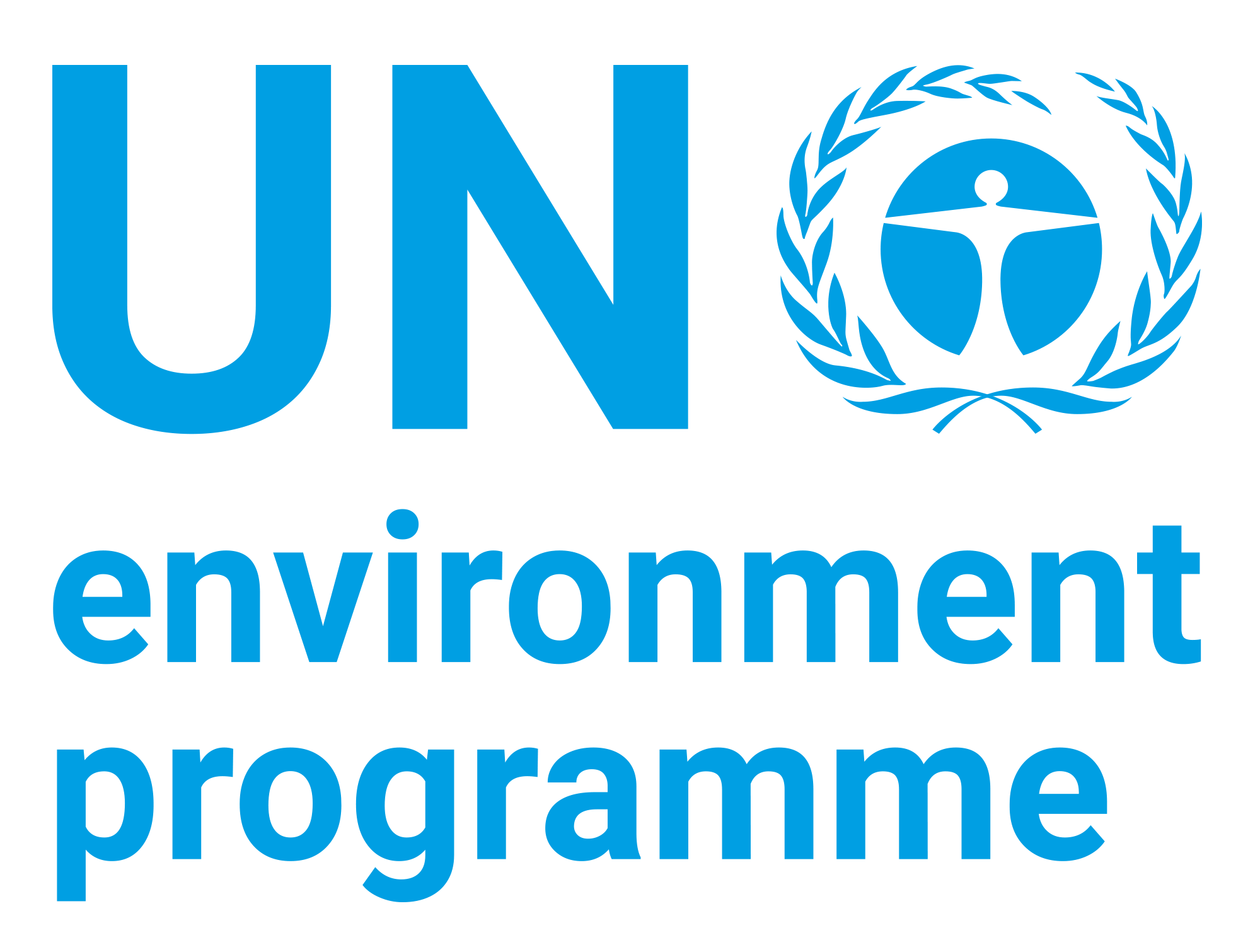After the Tsunami sustainable building: guidelines for South-East Asia
| dc.contributor | Industry and Economy Division | en_US |
| dc.contributor.author | United Nations Environment Programme | |
| dc.coverage.spatial | Southeast Asia | |
| dc.date.accessioned | 2016-10-11T20:01:01Z | |
| dc.date.available | 2016-10-11T20:01:01Z | |
| dc.date.issued | 2007 | |
| dc.identifier.isbn | 978-92-807-2782-1 | |
| dc.identifier.other | DTI/0903/PA | |
| dc.identifier.uri | https://wedocs.unep.org/20.500.11822/7911 | |
| dc.description | The Tsunami disaster of 26 December 2004 affected a dozen Indian Ocean countries, including Indonesia, Sri Lanka, Thailand, India and Maldives, Malaysia and Myanmar, with a death toll reportedly exceeding 250,000 and millions more left homeless. Survivors found shelter in temporary barracks and tents. Since then, there has been a pressing need to provide survivors with adequate permanent housing. In the aftermath of the disaster, numerous agencies have responded by reconstructing houses and infrastructure. Project managers, however, are often overwhelmed not only by magnitude of required activities but also but also by the extent of challenges related to reconstruction. | |
| dc.language | English | |
| dc.publisher | UNEP | |
| dc.relation | 191 | |
| dc.rights | Public | en_US |
| dc.title | After the Tsunami sustainable building: guidelines for South-East Asia | |
| dc.type | Publications | en_US |
| dc.type | Technical Guidelines or Manuals | en_US |
| wd.identifier.sdgio | http://purl.unep.org/sdg/SDGIO_00000050 |


